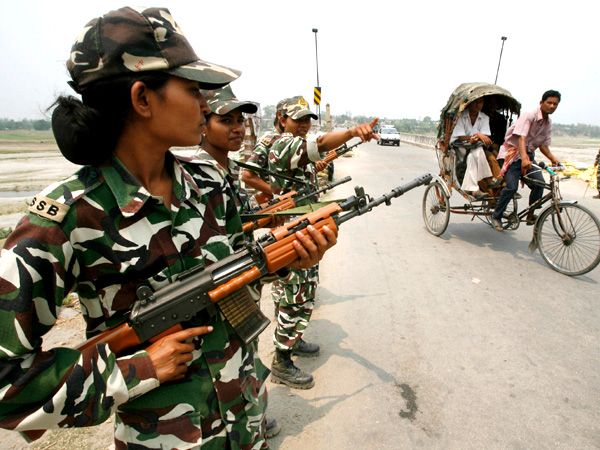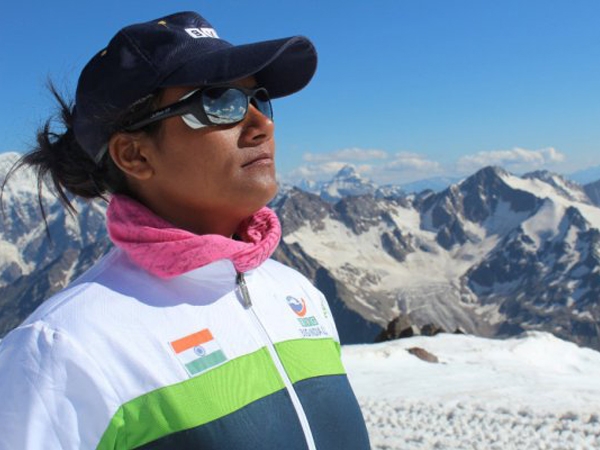
It’s shocking that women who constitute a mere 2 per cent of the central paramilitary forces in India actually account for 40 per cent of suicides within the forces. This story, reported by Times of India (TOI), is based on data collated by the National Crime Records Bureau (NCRB) on accidental deaths and suicides in 2014.
This means that the suicide rate for women in paramilitary forces is 396.9 per lakh compared to just 11.2 per lakh for men. The data clearly suggests that women in these units face a much higher degree of stress than men do.
But the shocking part here is that this stress comes despite the fact that women in CRPF are not deployed in combat positions. The data suggests that of the 73 CRPF women who committed suicide last year, 24 had been linked to marital problems and six to family problems. The type of marital and family problems listed included non-settlement of marriage, dowry deaths and extra-marital affairs.
The remaining were listed as ‘others’ or unspecified. What is most surprising is that the CRPF officials themselves were equally surprised to hear about this, although this is an annual data collated by NCRB.
Sources from the forces said that there is no study, which has examined the high suicide rates among female personnel. They speculated, however, that a major factor could be that it is generally far more difficult for women to work in these forces. Many of them, they pointed out, join the forces in their twenties, which is around the same time as they get married or have children. Balancing the pressures of family responsibilities and duty often becomes very demanding for them, the sources said.
Is it a case of marital discord or of gender discrimination faced by women personnel within organised armed forced like the CRPF, Army and IAF? It is no secret that the rigid hierarchy within the armed forces gives senior officials the power to command sexual favours. Before women were inducted into the army, it was seniors demanding favours from the wives of officers. Now it could very well be direct commands issued, considering that with the exception of a couple of all women battalions, all other commanding units are always headed by a male officer.
Sources in the CRPF who had mentioned that it is difficult for women to work in these forces, are understating the case. If women encounter the glass ceiling at all places of work, nowhere is it more visible and more unbreakable than the armed forces.
Starting with the attitudes of many male officers and even the Indian public, who reiterate that women in the armed forces only ‘distract’ the male soldiers; or subjecting them to less rigorous tests citing them as biologically weak and using that fact as leverage all too often; or the matter-of-fact way in which women are told that they have only been recruited because they need women officers at hand for specific duties like negotiation, establishing cordial relationships with locals, or frisking/ managing civilian women.
None of this can contribute to boosting the confidence of women personnel trapped in the all-too-male armed forces in India. It’s a testimony to the state of affairs in India that the first jawan recruit in Indian Army, Shanti Tigga also committed suicide, under mysterious circumstances.
There is an urgent need for better scrutiny of suicides and social conditions among the armed forces and CRPF officials.
Image Courtesy: Reuters
More on>> Balancing Act




